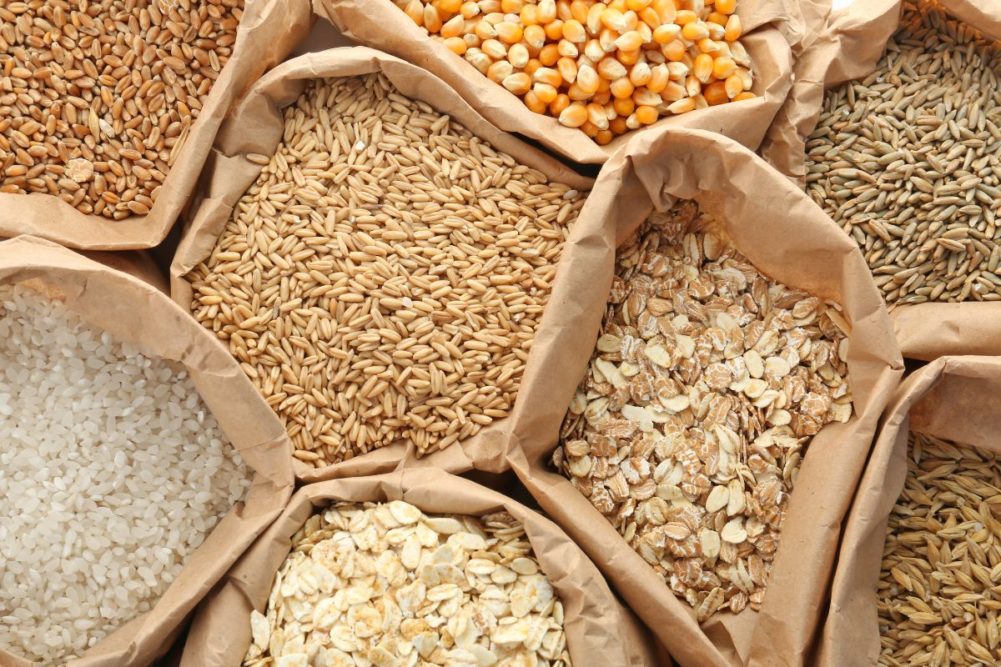ROME, ITALY — The United Nations’ Food and Agriculture Organization’s (FAO) Cereal Price Index declined nearly 5% in May from the previous month, led by a 9.8% drop in corn due to a favorable production outlook along with sluggish demand for imports.
The index, which tracks monthly changes in international prices, also was lowered due to a 3.5% decline in world wheat prices in May, reflecting ample supplies and the recent extension of the Black Sea Grain Initiative. However, with wheat crops in the United States and China — two of the world’s largest producers — threatened by extreme weather events, it remains to be seen how wheat prices will be affected in the coming weeks.
The international price of rice continued to rise in May, sustained by Asian purchases and tighter supplies by major importing countries such as Vietnam and Pakistan.
The FAO Vegetable Oil Price Index dropped by 8.7% in May, averaging 48% below its year-earlier level. International palm oil prices fell markedly from April, as protracted weak global import purchases coincided with rising outputs in major producing countries. World soy oil prices fell for the sixth consecutive month amid a bumper soybean crop in Brazil and higher-than-expected stocks in the United States. Rapeseed and sunflower oil prices continued to decline on ample global supplies.
The benchmark index of international food commodity prices also declined in May. The FAO Food Price Index averaged 124.3 points in May, down 2.6% from April and as much as 22.1% below the all-time high reached in March 2022.
In a separate report also released on June 2, the FAO said the early prospects for the 2023-24 season point to a likely 1% increase in global cereal production in 2023 to reach 2.813 billion tonnes.
The predicted increase rests on anticipated gains for corn, rice and sorghum, while wheat and barley outputs might fall below their 2022 levels.
The FAO’s first forecast for world cereal utilization in 2023-24 is at 2.803 billion tonnes, up 0.9% from the 2022-23 level, mainly due to higher feed use, largely of corn, followed by growth in food consumption, especially of wheat and rice.
Based on these initial forecasts, global cereal stocks in 2023-24 could rise by 1.7% above their opening levels and reach a record level of 873 million tonnes, while the world cereal stocks-to-use ratio would decline marginally to 30.4%.
World trade in cereals in the 2023-24 marketing season is forecast at 472 million tonnes, near the 2022-23 level, as increased traded volumes of coarse grains and rice (January-December 2024 trade for rice) are foreseen to offset an expected decline in global wheat trade.




